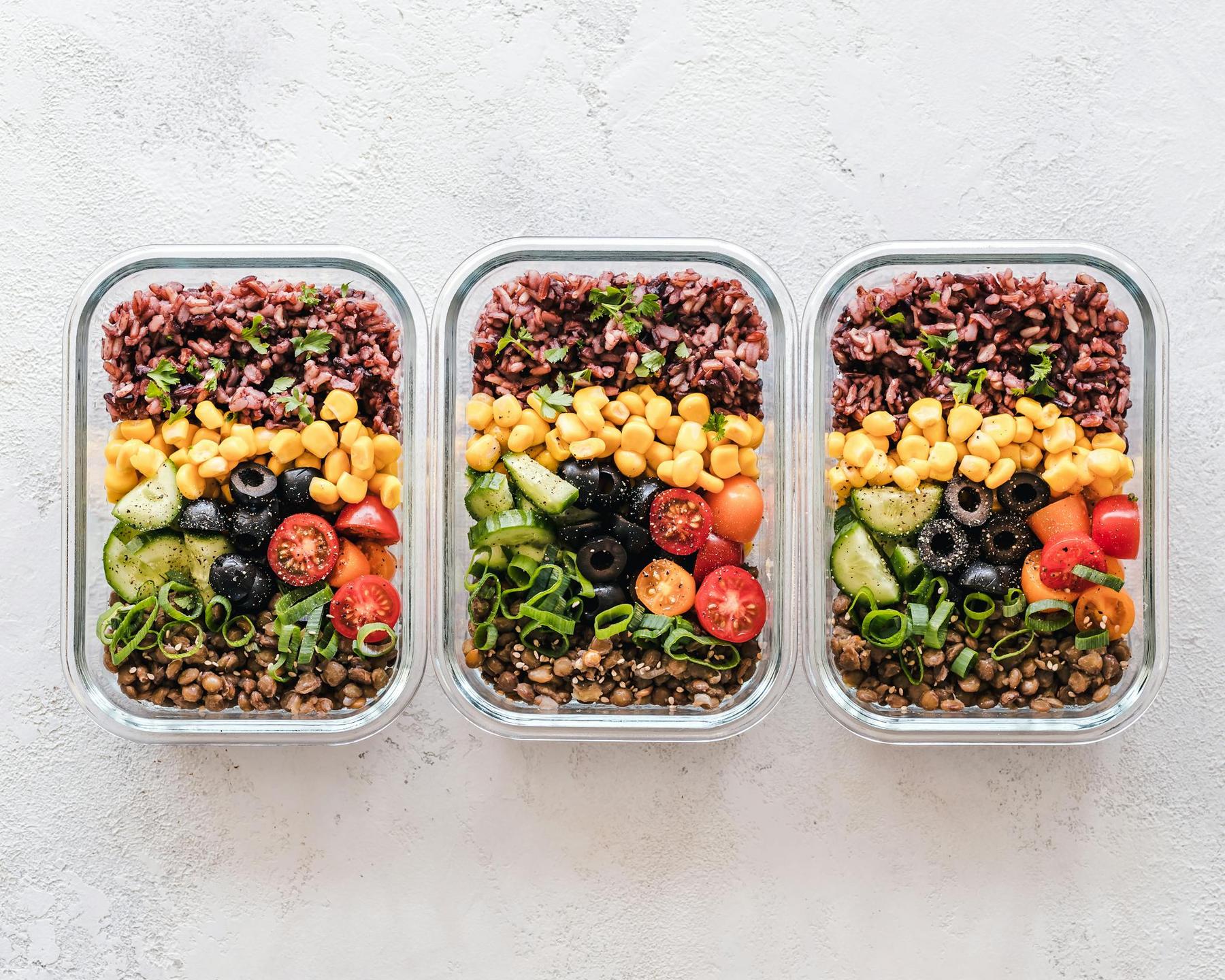In a world where metabolic disorders and obesity rates continue to rise, many Australians are seeking effective dietary strategies beyond conventional approaches. The ketogenic diet stands out as a metabolic paradigm shift, fundamentally altering how the body generates energy. While traditional weight management typically focuses on calorie reduction, the ketogenic approach instead transforms your body’s fuel selection, potentially offering pathways to improved metabolic health beyond simple weight reduction.
For those contemplating significant dietary changes in 2025, separating evidence-based protocols from trending diet culture is essential. This comprehensive guide explores the science, implementation, and considerations of a ketogenic lifestyle—providing you with authoritative information to make informed decisions about whether this approach aligns with your health objectives.
What Is the Ketogenic Diet and How Does It Work?
The ketogenic diet represents a fundamental shift in metabolic functioning. Unlike conventional diets that simply reduce calories while maintaining carbohydrates as the primary energy source, the ketogenic diet drastically restricts carbohydrate intake to induce ketosis—a metabolic state where the body efficiently burns fat for fuel.
The biochemical foundation of ketosis is well-documented. When carbohydrate consumption drops below 50 grams daily (approximately the amount in two slices of bread), liver glycogen stores deplete within 24-48 hours. This depletion triggers increased fatty acid oxidation and production of ketone bodies—acetoacetate, β-hydroxybutyrate, and acetone—which serve as alternative energy substrates for most tissues, including the brain.
What distinguishes the ketogenic approach is its precise macronutrient composition:
| Macronutrient | Standard Keto Diet | High-Protein Keto | Cyclical Keto | Targeted Keto |
|---|---|---|---|---|
| Fat | 70-80% of calories | 60-65% of calories | 65-70% during keto days, 25-30% during carb days | 65-70% of calories |
| Protein | 15-20% of calories | 30-35% of calories | 20-25% during keto days, 25-30% during carb days | 20-25% of calories |
| Carbohydrates | 5-10% of calories (20-50g) | 5-10% of calories (20-50g) | 5-10% during keto days, 45-50% during carb days | 5-10% most of day, plus 25-50g around workouts |
During nutritional ketosis, blood β-hydroxybutyrate levels typically range between 0.5-3.0 mM, indicating optimal fat utilization. This metabolic shift results in markedly stable blood glucose patterns with significantly reduced postprandial fluctuations compared to high-carbohydrate diets.
How Do You Start a Keto Diet Safely?
Initiating a ketogenic diet requires strategic preparation and careful implementation. Safe and effective transition involves two distinct phases:
Phase 1: Preparation (Days 1-7)
Before beginning carbohydrate restriction, thorough preparation is crucial:
Pantry Restructuring: Remove high-carbohydrate staples including grains, sugars, and starchy vegetables. Stock your kitchen with keto-friendly options:
- Fats: Avocado oil, olive oil, grass-fed ghee, macadamia nuts
- Proteins: Grass-fed meat, wild-caught seafood, free-range eggs
- Vegetables: Leafy greens, cruciferous vegetables, zucchini
Take advantage of Australian superfoods like macadamia oil (containing 84% monounsaturated fat) and barramundi (rich in omega-3 fatty acids).
Electrolyte Management: The initial adaptation period often produces what’s commonly called “keto flu”—a constellation of symptoms including headache, fatigue, and irritability peaking around days 3-5. These symptoms primarily result from glycogen-depletion-induced diuresis and subsequent electrolyte imbalances.
Proactive electrolyte supplementation should include:
- Sodium: 5,000-7,000mg daily (Himalayan pink salt)
- Potassium: 3,500-4,700mg daily (avocados, spinach)
- Magnesium: 400-600mg daily (preferably glycinate or citrate forms)
Phase 2: Active Ketosis (Weeks 2-4)
As glycogen stores deplete, focus shifts to metabolic monitoring and adjustment:
Ketone Measurement: Various methods exist for tracking ketosis:
- Urine strips: Cost-effective for the initial phase (detects acetoacetate)
- Blood meters: Most accurate method, tracking β-hydroxybutyrate levels
- Breath analyzers: Measures acetone (least invasive but variable accuracy)
Macronutrient Tracking: Nutrition tracking applications help maintain appropriate ratios:
- 70-80% calories from fat
- 15-20% from protein
- <5% from carbohydrates
Many Australian dietitians caution against excessive protein consumption (>35% of calories), which can stimulate gluconeogenesis and potentially inhibit ketosis.
What Foods Can You Eat on a Keto Diet?
The ketogenic nutritional framework centers on specific food categories that maintain macronutrient ratios while ensuring micronutrient adequacy.
Approved Foods
Fats (70-80% of caloric intake):
- Saturated fats: Coconut oil, cacao butter, animal fats (in moderation)
- Monounsaturated fats: Olive oil, avocados, macadamias
- Polyunsaturated fats: Fatty fish, chia seeds, flaxseeds
Proteins (15-20% of caloric intake):
- Animal proteins: Grass-fed meats, wild-caught seafood, pasture-raised eggs
- Plant proteins: Tempeh, natto, spirulina (in controlled amounts)
Low-carbohydrate vegetables (remaining 5-10% of carbohydrates):
- Leafy greens: Spinach, kale, rocket
- Cruciferous vegetables: Broccoli, cauliflower, Brussels sprouts
- Other vegetables: Zucchini, asparagus, green beans
Restricted Foods
The ketogenic diet necessitates elimination or significant limitation of:
- Grains and legumes: Wheat, rice, beans, lentils
- Sugars: All forms, including natural sweeteners exceeding 5g per serving
- Starchy vegetables: Potatoes, sweet potatoes, parsnips
- High-sugar fruits: Bananas, mangoes, grapes
Australian adaptations often include local alternatives like almond meal damper instead of traditional bread, native stevia varieties as sweeteners, and high-protein options like kangaroo jerky for convenient snacking.
What Are the Potential Benefits of a Ketogenic Diet?
Research continues to illuminate multiple applications for the ketogenic dietary pattern:
Weight Management
Clinical studies demonstrate significant effectiveness for weight reduction, with research showing:
- Greater weight loss at 6 months compared to low-fat diets
- Substantial visceral fat reduction within 12 weeks
- Improved satiety and reduced hunger, facilitating natural calorie reduction
Metabolic Health
Emerging evidence suggests meaningful improvements in various metabolic parameters:
- Reduced HbA1c levels in those with metabolic syndrome
- Significant decreases in triglyceride measurements
- Improved insulin sensitivity in many participants
Neurological Support
Ketone bodies appear to provide neuroprotective effects, with research indicating:
- Reduced seizure frequency in medication-resistant epilepsy
- Potential cognitive improvements in early-stage neurological conditions
- Enhanced mitochondrial function in neural tissues
What Challenges Might You Face on a Keto Diet?
Despite potential benefits, several challenges warrant careful consideration:
Nutrient Considerations
The restrictive nature of ketogenic eating may lead to common nutritional shortfalls:
- Vitamin D: Approximately 75% of strict adherents show deficiencies
- Magnesium: About 50% consume below recommended daily intake
- Fibre: Approximately 70% report insufficient intake
These potential deficiencies necessitate strategic food selection and often supplementation with specific micronutrients.
Social and Practical Challenges
Maintaining ketosis while navigating social situations presents unique obstacles:
- Restaurant dining requires careful menu navigation
- Social gatherings often center around carbohydrate-rich foods
- Alcohol consumption requires selective choices (clear spirits over beer/cocktails)
Fortunately, Australian establishments increasingly offer keto-friendly options, including lettuce-wrapped burgers and cauliflower-based alternatives to traditional high-carb sides.
Physiological Adaptations
Some individuals experience physiological adjustments requiring monitoring:
- Temporary changes in thyroid hormones during adaptation
- Altered hydration requirements due to decreased glycogen storage
- Exercise performance modifications during the initial adaptation phase
How Can You Sustain a Keto Lifestyle Long-Term?
Sustainable implementation of ketogenic principles involves strategic approaches:
Metabolic Flexibility Development
Long-term metabolic health may benefit from periodic metabolic flexibility training:
- Gradual carbohydrate reintroduction (5g weekly) to identify tolerance thresholds
- Strategic carbohydrate timing around high-intensity physical activity
- Cyclical approaches for athletically active individuals
Comprehensive Health Monitoring
Regular assessment provides essential feedback on physiological responses:
- Body composition analysis beyond scale weight
- Comprehensive blood panels including lipid profiles and inflammatory markers
- Ketone and glucose monitoring for metabolic insight
Personalised Approach
Individual factors significantly influence optimal implementation:
- Genetic variations affect fat metabolism efficiency
- Activity levels alter macronutrient requirements
- Medical history necessitates personalised protocols
The Future of Ketogenic Approaches
The ketogenic diet continues to evolve from its therapeutic origins to broader applications. Current research explores its potential within precision nutrition frameworks—where dietary protocols are tailored to individual metabolic responses, genetic profiles, and health objectives.
Australian telehealth providers increasingly offer integrated approaches combining nutritional ketosis with comprehensive health monitoring, providing accessible expert guidance beyond simple dietary rules.
As scientific understanding advances, the ketogenic diet remains a powerful metabolic tool that, when implemented properly, offers significant potential benefits for appropriate candidates. However, the approach demands careful implementation, regular monitoring, and ideally, professional support to optimize outcomes while preventing potential pitfalls.
Skip the struggles. Our patients achieve <20.2% weight reduction with medical weight loss treatments delivered straight to their door. No clinics. No waiting. Just results. See if you’re eligible for our medical weight loss treatments – take our quiz.
How long does it take to reach ketosis?
Typically, nutritional ketosis begins within 2-4 days of restricting carbohydrates below 50g daily. Full keto-adaptation—where the body efficiently utilizes ketones—may take approximately 2-6 weeks, depending on individual metabolic factors and activity levels.
Can exercise performance be maintained on a ketogenic diet?
Exercise performance may initially decline during the adaptation phase (2-6 weeks). Aerobic capacity generally recovers, and with strategic carbohydrate timing, high-intensity performance can be maintained or even improved in some cases.
Is the ketogenic diet appropriate for everyone?
The ketogenic diet should be approached with caution by individuals with certain metabolic conditions, gallbladder disease, pancreatitis, liver conditions, as well as by pregnant or breastfeeding women. Professional guidance is essential to determine if it’s appropriate for your situation.
How do I manage social situations while following a ketogenic diet?
Managing social situations involves planning ahead. Research restaurant menus, opt for protein-centric dishes with non-starchy vegetables, or bring your own keto-friendly options. Clear communication about your dietary preferences can also ease social dining experiences.
Should I combine medical weight management with a ketogenic diet?
For individuals with higher weight management needs, integrating medical supervision with a ketogenic approach can optimize outcomes. Structured medical weight management offers tailored support through professional monitoring and evidence-based protocols.



